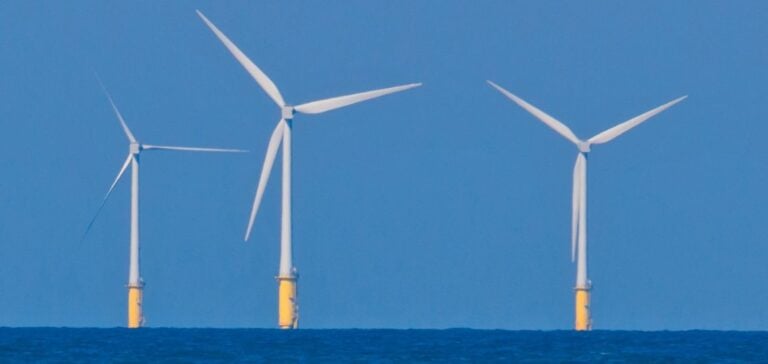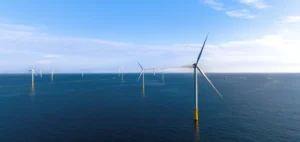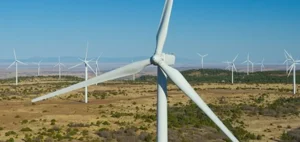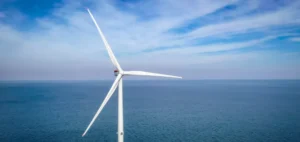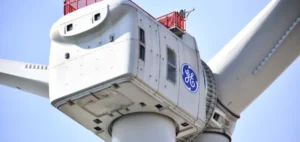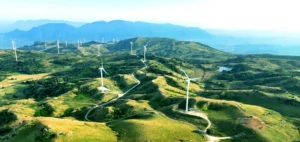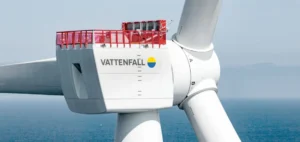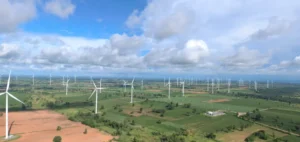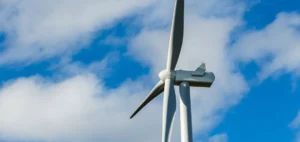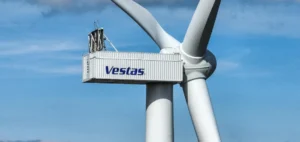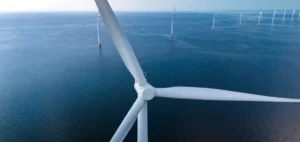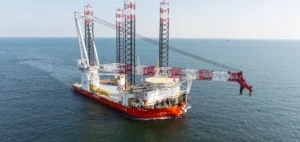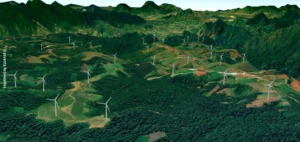The Biden-Harris administration announces advances in offshore wind energy development, with major initiatives in the Gulf of Maine and off the coast of New Jersey. They could help accelerate the U.S. energy transition, which faces a number of challenges.
Renewable energy in the Gulf of Maine
The Bureau of Ocean Energy Management (BOEM) has finalized the designation of a Wind Energy Area (WEA) in the Gulf of Maine, potentially capable of generating 32 GW of clean energy. This area, encompassing some two million acres off the coasts of Maine, Massachusetts, and New Hampshire, has been significantly reduced in response to feedback from local communities, the fishing industry, and environmental concerns. Following extensive consultation, BOEM announces a public comment period for an environmental assessment of the impacts associated with offshore wind leasing activities.
Collaboration and impact reduction
Finalization of the WEA is the result of a process of engagement with the states of Maine, Massachusetts, and New Hampshire, as well as with tribal communities, local residents, and ocean users, including the fishing community. In response to concerns expressed, the designated area was reduced by 80% compared to the area initially identified, thus avoiding areas important to the lobster fishery, the habitat of the North Atlantic right whale, and other areas essential to the fishery and the environment.
Significant progress in New Jersey
At the same time, BOEM also initiated the environmental assessment of an offshore wind project proposed by Atlantic Shores Offshore Wind, off the coast of New Jersey. This project, to install up to 157 wind turbines in an area of approximately 81,129 acres, represents the 12th environmental assessment of its kind under the current administration. Located at least 8.4 miles from the coast, this initiative aims to make a significant contribution to the region’s renewable energy production targets. With infrastructure such as offshore substations and weather buoys, as well as two potential corridors for export cables, the project underlines the importance of planning and coordination to reduce environmental impacts and ensure smooth integration into the energy grid.
In total, since the beginning of his tenure, the Department of the Interior has approved six commercial-scale offshore wind projects and conducted offshore wind leasing auctions, generating almost $5.5 billion in high bids.


